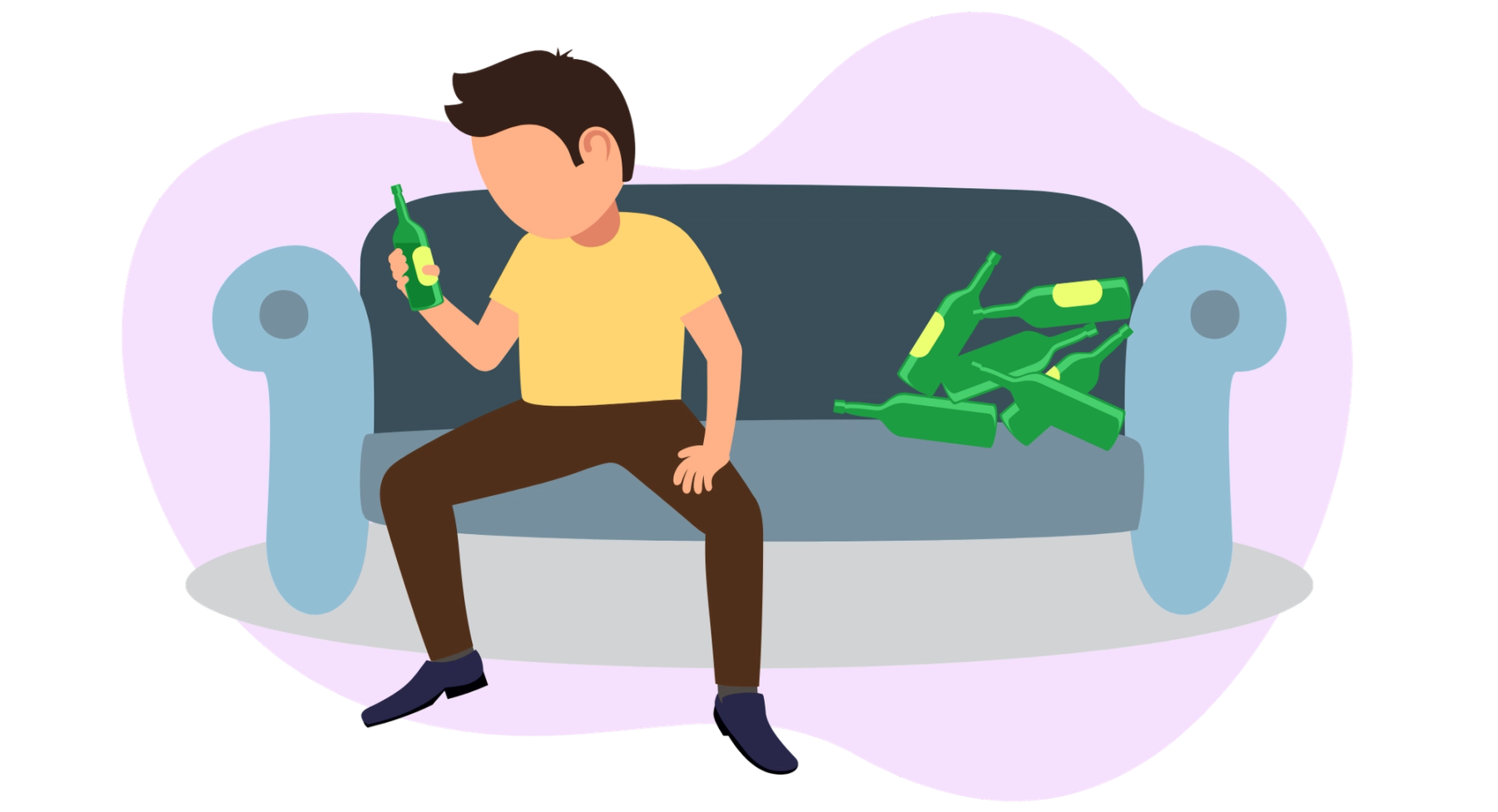March 15th, 2024

March 18-March 24, 2024 is National Drug and Alcohol Facts Week. During this week, there is a heightened focus on opening the dialogue about substance use and its impacts. The following are a few facts about Drugs and Alcohol use:
There are copious reasons why people do not seek help. For some, they may feel shame for their struggles with substances. Language used surrounding addiction can detour many from getting the help that they need in worry of being judged or looked down upon.
For others, they may either live in an area that does not have many resources available to them, or they may not have anyone that they feel comfortable enough going to for help. Other barriers may include lack of insurance/costs associated with help, peer pressure to continue engaging in substance use, transportation, and unstable housing.
Education on substance abuse is vital in working to reduce the number of people who struggle with substance abuse. It is important to consider factors that may increase one’s likelihood of abusing substances.
These include genetics, family history of substance abuse, childhood trauma, environment one lives in, where a person lives/ geographic location, one’s social support system, life stressors, undiagnosed or untreated mental health disorders and lack of healthy coping strategies that one has, among many other considerations. In some environments, substance use may be normalized, making it difficult for one to even recognize they may have an issue with it.
Throughout the years, a variety of initiatives and campaigns have taken place to educate children and adolescents on alcohol and drug use. The D.A.R.E. program, an initiative to get children to “say no to drugs”, took place in schools from the early 80’s until 2009.
In this program, police officers would come into school to educate students on different types of drugs and encourage them to say no if they encountered them. This campaign ended up being counterproductive, due to law enforcements no tolerance policy to drugs, leading many children to take no action at all.
It is important to educate youth not only on the dangers of substance use, but also provide an environment that is supportive in having uncomfortable conversations around drugs and alcohol. In an ideal world, it would be enough to encourage and educate the youth to not use substances and to not let peer pressure get to them.
If we bury our heads in the sand and pretend that this alone will prevent substance abuse, the statistics will only increase. If kids fear being crucified if they are caught using substances, they will go to more extreme measures to hide their use. This could lead to individuals getting drugs or alcohol from the black market and places that mix in other drugs that can be fatal if consumed such as fentanyl.
With the harm reduction approach to substance use, this can cultivate a safer environment for consumption, encourage using drugs safely, and can minimize the shame one may feel for using a substance. In this approach, substances are often used in smaller or less frequent quantities.
It can help people that have addictions cut back in a more managed way, instead of going “cold turkey” which for some can be life threatening. Harm reduction can help one that is struggling get to a path of complete sobriety if one chooses to utilize this route.
Although this week is specifically used to talk about the facts surrounding drug and alcohol use and prevention strategies, it takes more than one week of the year for change to be made. Education on alcohol and drugs is necessary from an early age, but the conversation cannot stop there. It is important to be aware of the potential signs of alcohol and drug abuse throughout ones lifetime.
Disclaimer: The information on this page is for educational and informational purposes only and is not a substitute for professional medical advice, diagnosis, or treatment. Always consult a qualified healthcare provider with any questions regarding a medical condition or treatment. Never ignore or delay seeking professional help due to information found here.
At Clarity Clinic, we provide mental health care for individuals seeking support with anxiety, depression, trauma, and other emotional challenges. While we do not offer addiction treatment or detox services, we welcome individuals in recovery from substance use who are stable and ready to focus on their mental health.
For those actively using substances, a higher level of care may be necessary before engaging in meaningful therapy. We can provide referrals to external substance use treatment centers and welcome clients back once they are stabilized and ready to work on improving their lives post-treatment.
Our team is here to support your mental well-being, whether you’re navigating the emotional impact of past substance use, relationship changes, or other life transitions. Book a consultation with us today!

Our Services
Virtual/Online CarePHP and IOPAdult PsychiatryChild & Adolescent PsychiatryAdult TherapyChild & Adolescent TherapyCouples CounselingFamily TherapyGroup TherapyPsychological TestingTranscranial Magnetic Stimulation (TMS)Resources
Refer a PatientCareersClinical Training OpportunitiesOur ProvidersFree Mental Health TestsCommonly Prescribed MedicationsLocationsBlogIn The NewsClarity Through CharityClarity for AllQuick Links
Patient PortalFAQsAccepted InsurancesContact us